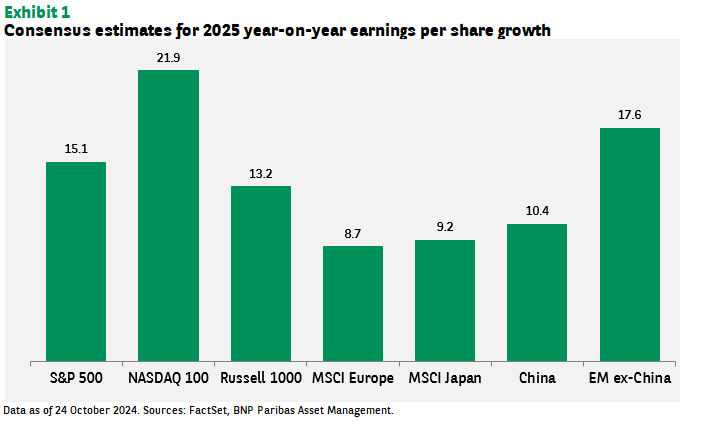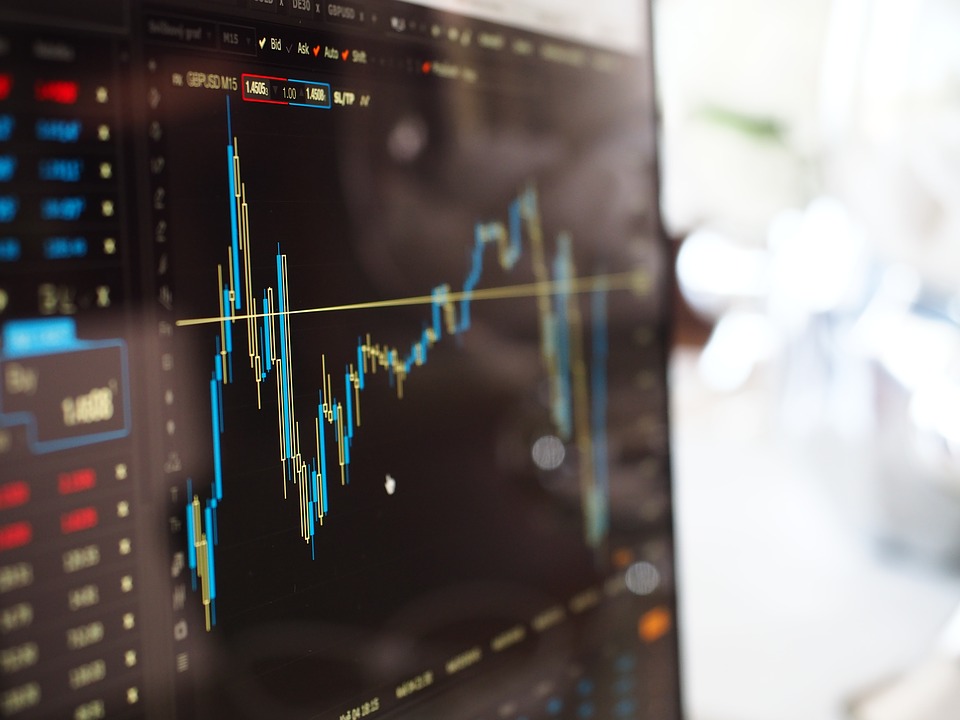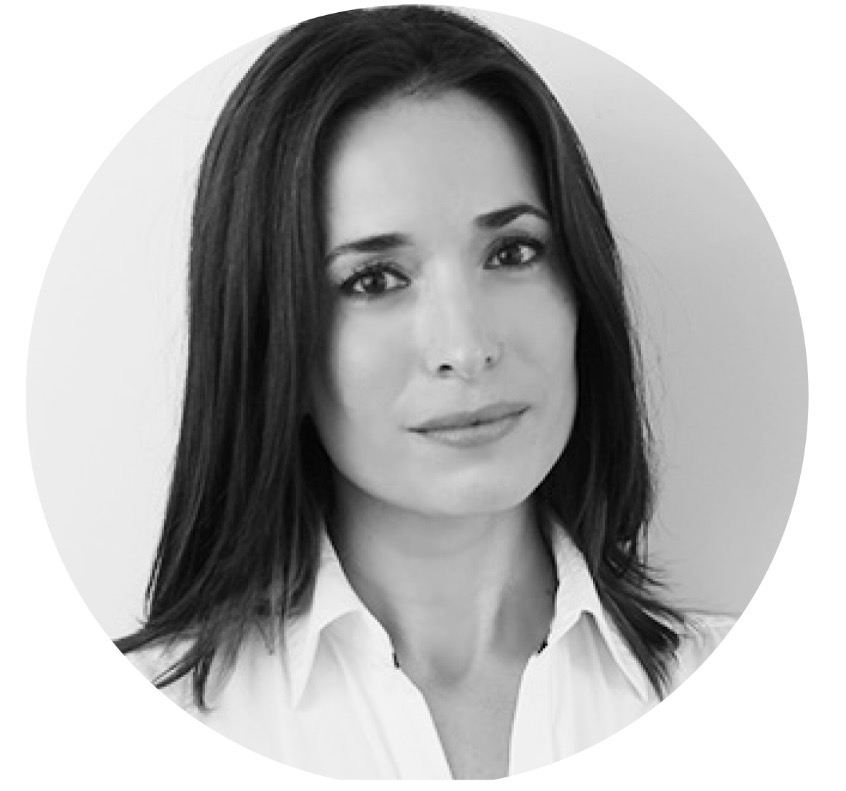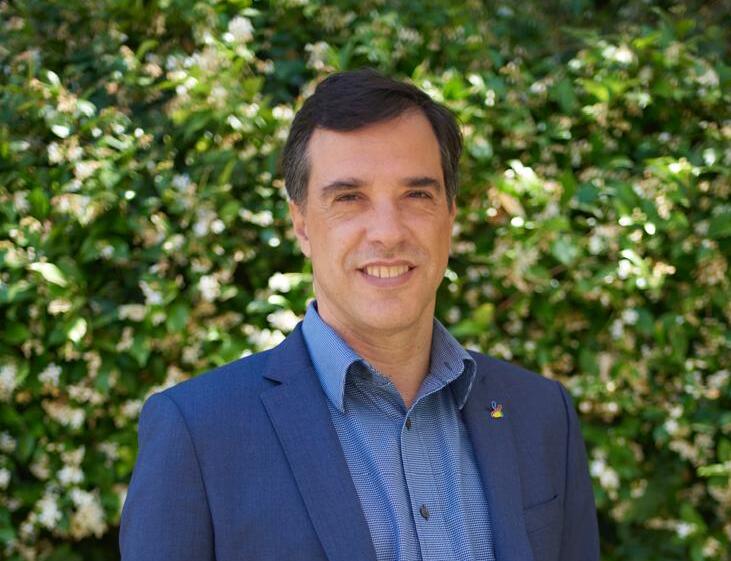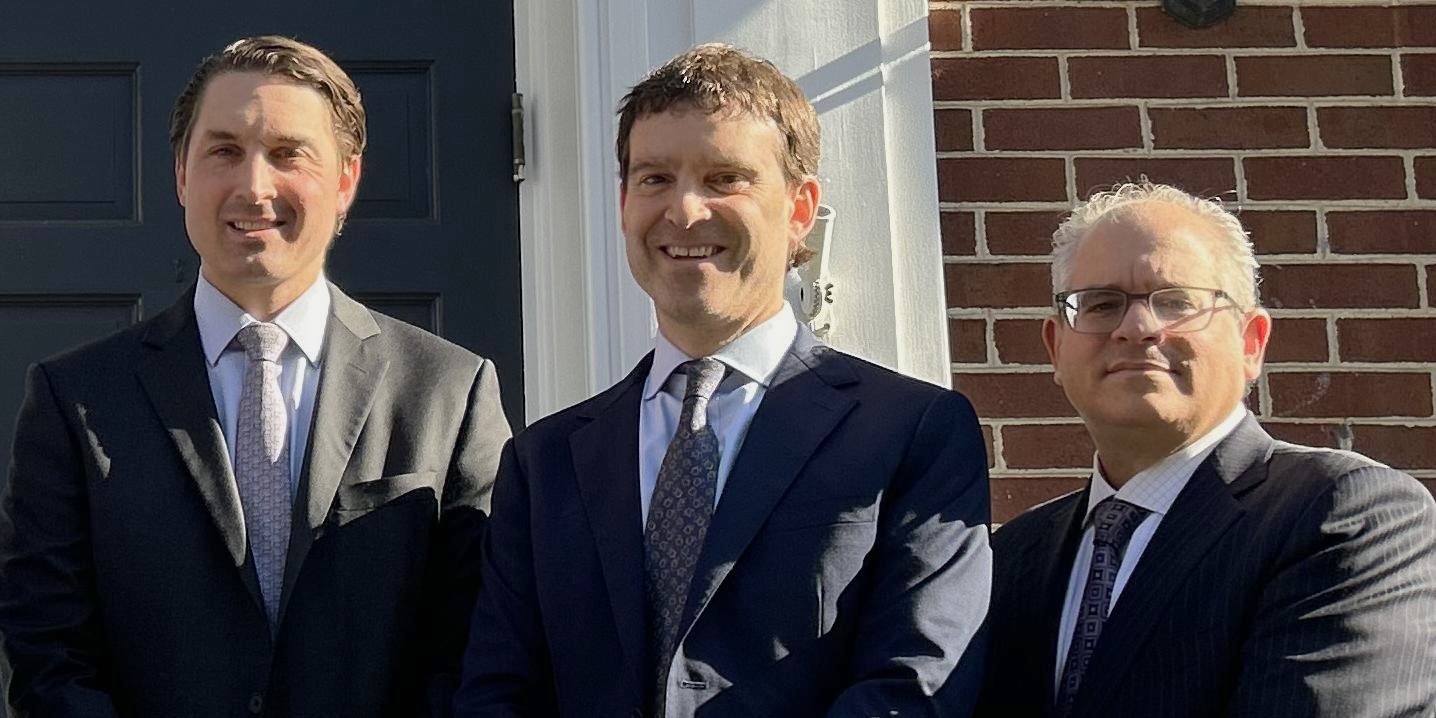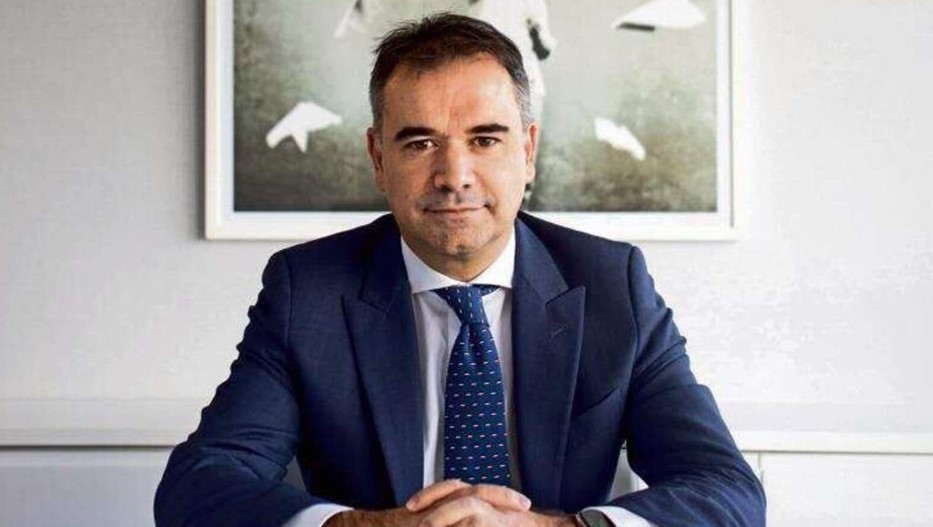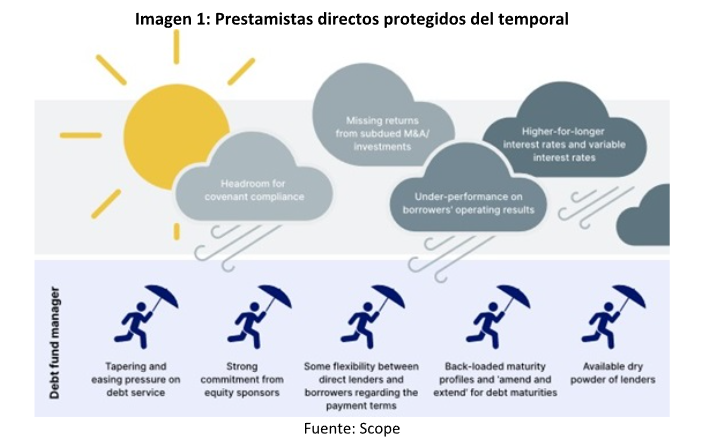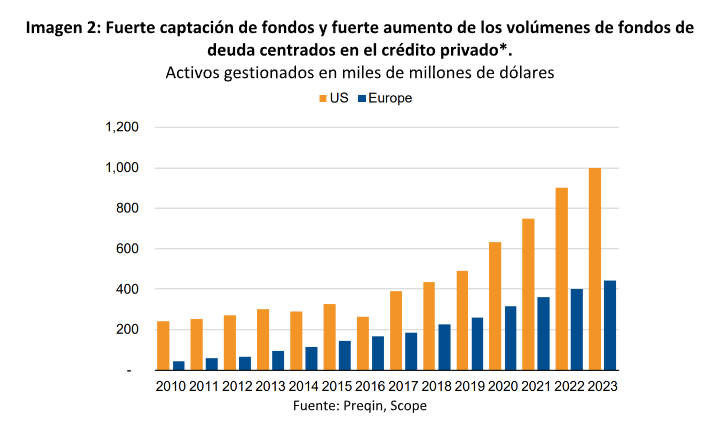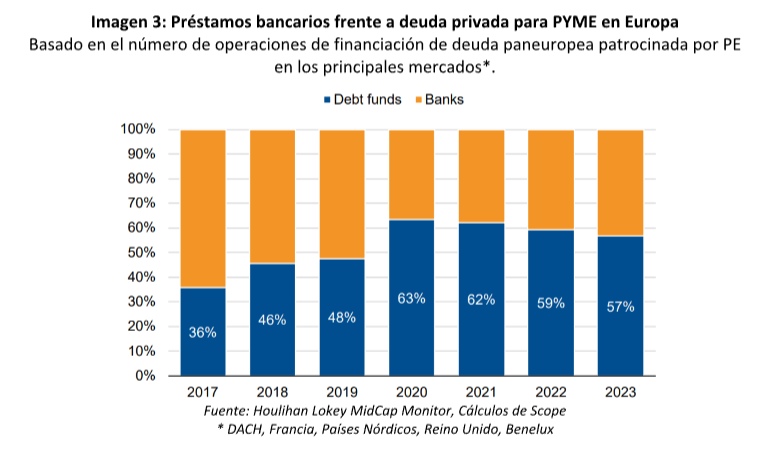J.P. Morgan Asset Management Wants to Be a Key Provider of Active ETFs for Afores
| By Amaya Uriarte | 0 Comentarios

J.P. Morgan Asset Management Sets Out to Leverage Opportunities Offered by the Legislative Change Announced by Consar on November 21, 2024, Allowing Mexico’s Afores to Invest in Active ETFs
“The approval of active ETFs for Afores in Mexico is a significant milestone for the country’s pension system. J.P. Morgan Asset Management aspires to be a valuable resource for the investment teams of Afores, showcasing our success as an active manager and the breadth and depth of our global ETF offering,” said Giuliano De Marchi, Head of Latin America at J.P. Morgan Asset Management, in a statement.
“Afores will benefit from J.P. Morgan’s experienced investment team, its investment expertise, strategic approach, and the flexibility and agility that come with actively managed ETFs,” he added.
The ETF industry has expanded rapidly, currently representing $14.3 trillion in assets, with projections to reach $30 trillion by 2030. While the U.S. market has been the dominant force in this expansion, there has been significant positive momentum in markets around the world in recent years.
Today, there are 5,700 ETFs listed globally, comprising approximately 3,900 index-tracking ETFs and over 1,800 active ETFs. The gap between these two types of ETFs has been narrowing quickly: while index-tracking ETFs have grown at a compound annual growth rate (CAGR) of nearly 20%, active ETFs have grown at a CAGR of about 50% over the past five years.
J.P. Morgan AM launched its first ETF in the United States in 2014 and listed its first ETF in Mexico in 2018. Over the past decade, the firm’s global ETF platform has expanded significantly. Today, it is the second-largest provider of active ETFs by assets under management, with over $215 billion in AUM and more than 100 ETFs across various asset classes.
“As a leading global active manager, we are excited to bring our top-tier active management capabilities to the Afores, and this is just the beginning. We have been serving these clients in Mexico for more than 10 years, and this approval marks a significant milestone, allowing us to offer Mexican pension funds the many advantages of active ETFs while striving to deliver the highest quality investment capabilities to our clients,” said Juan Pablo Medina Mora, Head of Mexico at J.P. Morgan Asset Management.
Carlos Brito, Head of ETFs for J.P. Morgan Asset Management in Latin America, added: “We are particularly proud of the success of active ETFs in other markets. Active ETFs offer a range of benefits that make them an attractive investment option for many investors. They are managed by portfolio managers who actively select and adjust the ETF holdings to capitalize on market opportunities. This active management can potentially lead to higher returns, as managers can respond to market changes, economic trends, and company-specific events. Additionally, active ETFs provide investors with greater flexibility and diversification, allowing access to a broad range of investment strategies and specific outcomes.”
J.P. Morgan Asset Management currently manages $3.5 trillion in assets (as of September 30, 2024). The company offers global investment management across equities, fixed income, real estate, hedge funds, private equity, and liquidity.


